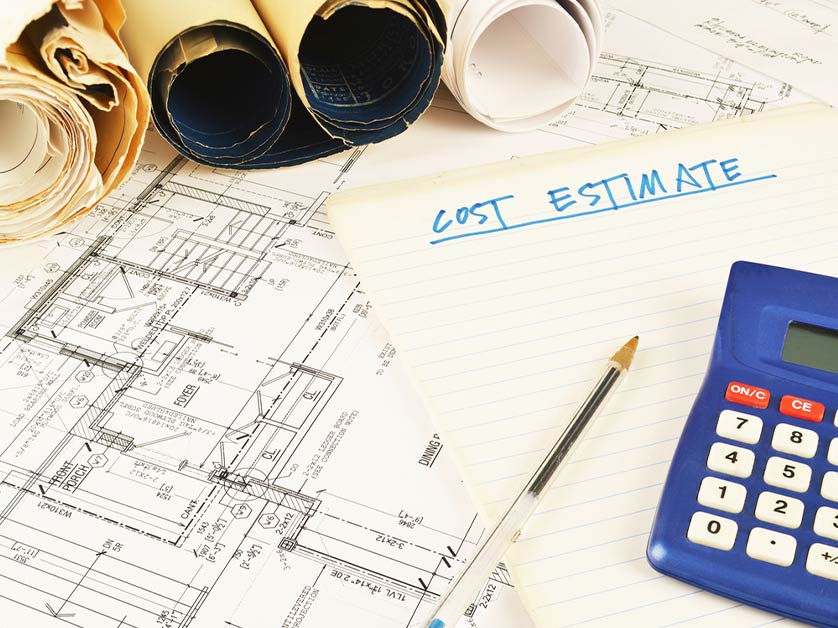Embarking on a remodeling project is an exciting journey towards transforming your home. However, the path to achieving your dream space can be fraught with unexpected obstacles. It’s not enough to simply allocate funds for what appears to be the projected cost. In this post, we delve into the critical reasons why including a financial cushion in your budget is not only prudent but essential for a seamless renovation experience.

Unforeseen Repairs and Hidden Flaws
One of the more troubling aspects of remodeling projects is uncovering hidden problems once the work begins. From outdated wiring to structural issues hiding behind the walls of homes, these surprises can quickly derail a project’s budget. Allocating a buffer ensures that such unforeseen expenses won’t halt progress, allowing you to address them without compromising your project.
Regulatory Compliance and Permits
In most locales, renovations often require various permits to ensure everything is up to code. These permits, while essential for legal compliance and safety, come with fees that can unexpectedly bloat your budget. Including a buffer means you can smoothly navigate these bureaucratic necessities without having to scale back on your vision for your home’s transformation.
Debris Disposal and Post-Construction Cleanup
A remodel generates more than just a stunning new room; it also produces a considerable amount of debris. Disposing of old fixtures, construction waste, and other materials can incur costs many homeowners overlook. By incorporating a reserve fund for disposal and cleanup, you ensure the post-project phase is as planned and pleasant as the reveal moment.
Upgrades and Finishing Touches
It’s not unusual for homeowners to decide on a few upgrades during the remodel. Whether it’s an advanced home feature or higher-quality materials, these last-minute changes can significantly impact your budget. Planning a contingency allows you the flexibility to make these enhancements without financial strain, ultimately increasing your satisfaction with the finished project.
The Cost of DIY Versus Professional Help
Faced with a tight budget, some homeowners may consider the DIY route for certain aspects of their renovation. While this can offer savings upfront, it’s not without risks. Mistakes due to a lack of expertise can lead to costly repairs down the line, negating any initial savings. Budgeting a buffer may provide the option to hire professionals from the start, particularly for complex tasks, safeguarding your investment.
How Much to Buffer?
Experts from the industry suggest a contingency fund of 10% to 25% of your total project budget. This range allows you to cover unexpected costs without compromising other aspects of your renovation. If you have an older property, leaning toward the higher end of this spectrum might be wise as your home would likely have hidden problems.
A renovation project without a buffer is like navigating icy roads in winter without snow tires—possible, but far from advisable. Including this safety net in your budget not only prepares you for the unexpected but also ensures that your project remains on track, ultimately leading to a beautifully remodeled home that meets both your aspirations and needs. For quality services, trusted local contractor J. Hempel Services is here to assist you. Reach us at (651) 329-4562 or fill out our contact form to schedule a consultation.

